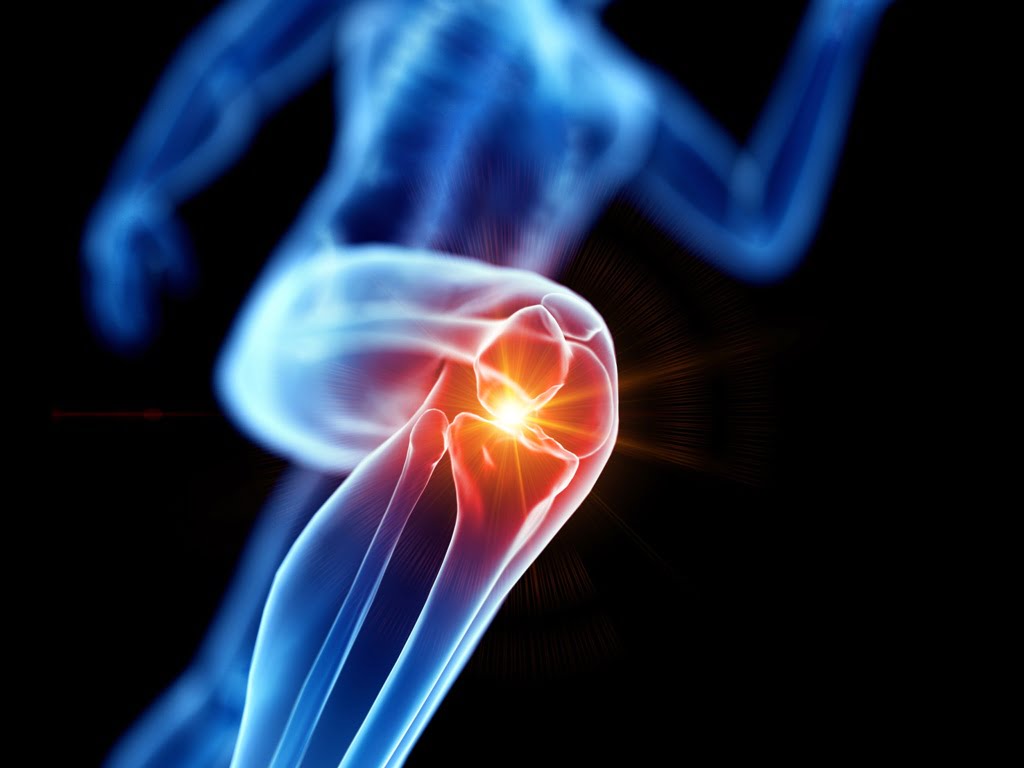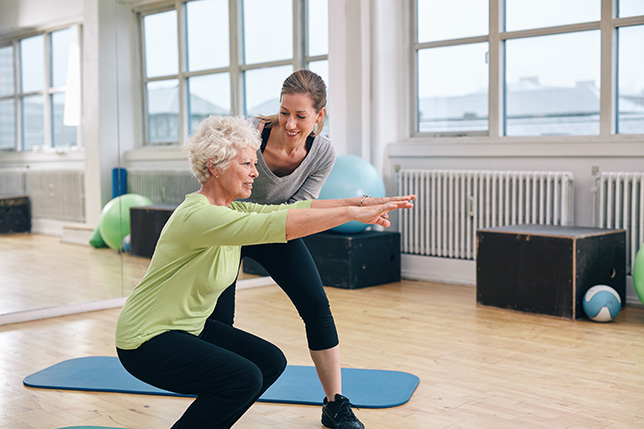Feeling unsteady on your feet? That might have more to do with leg strength than you think. And if you’re a senior—or caring for one—there’s something you need to know: strong legs can mean the difference between independence and a fall that changes everything.
Let’s dig into why building leg strength matters more than ever.

Falls Aren’t Just Dangerous—They’re Common
One in four Americans aged 65+ falls each year. Most of these falls happen at home, during routine tasks. But here’s the kicker: we can help prevent many of them—starting with stronger legs.
Weak muscles in the thighs, hips, and calves directly impact balance, reaction time, and the ability to recover from a stumble. The solution? Simple movement that builds strength over time.
Leg Strength Keeps You Moving—and Living Fully
It’s not just about walking. Strong legs are behind every daily movement:
- Getting out of bed
- Standing up from a chair
- Climbing stairs
- Keeping your balance on uneven ground
Without strength, these everyday tasks can turn into major obstacles. But with it? Confidence grows, independence returns, and fear starts to fade.
Easy Exercises That Actually Work
You don’t need a gym membership or fancy equipment. These simple, low-impact moves can help:
- Seated Leg Raises: Sit upright, straighten one leg, hold for 5 seconds, then switch. Repeat 10 times per leg.
- Chair Squats: Stand in front of a chair, lower yourself down like you’re going to sit, then rise back up. Start with 5 reps and work your way up.
- Heel Raises: Hold onto a sturdy surface and raise up on your toes, then lower slowly. Repeat 10–15 times.
Always consult your healthcare provider before starting any new exercise routine.

Want Proof? The Numbers Say It All
Studies show seniors who strength train twice a week can reduce their fall risk by nearly 35%. Even light training makes a difference.
Stronger legs mean better balance, faster reaction time, and increased confidence. And it’s never too late to start.
Tips for Getting Started Safely
- Start slow and steady.
- Focus on form, not speed.
- Stay consistent—small efforts over time lead to big changes.
- Consider a physical therapist or in-home caregiver to guide you.
Real Change Starts with One Step
Leg strength isn’t just about muscles—it’s about living on your terms. And the best part? You can start building that strength today.
Published June 2024 • Updated August 2025
Reviewed by Debbie Marcello, Founder & CEO of Happier at Home
This content is for informational use only and does not replace medical advice.


